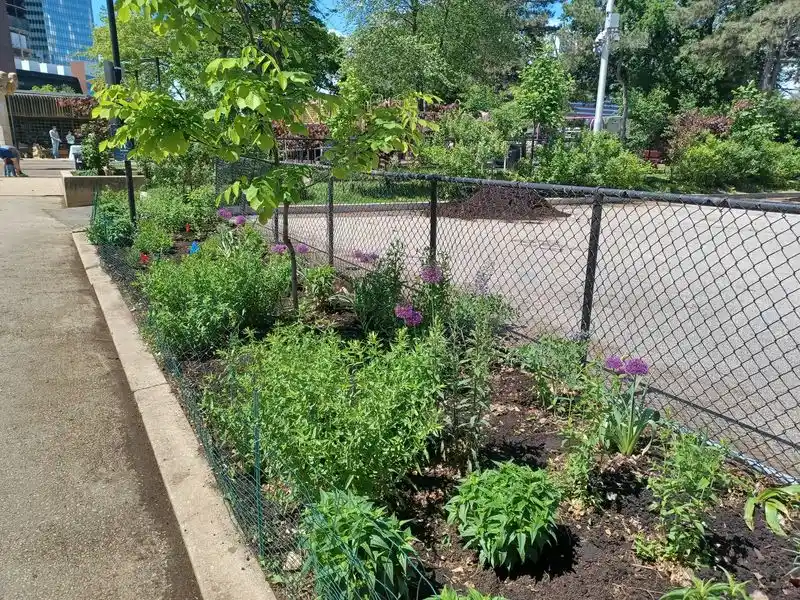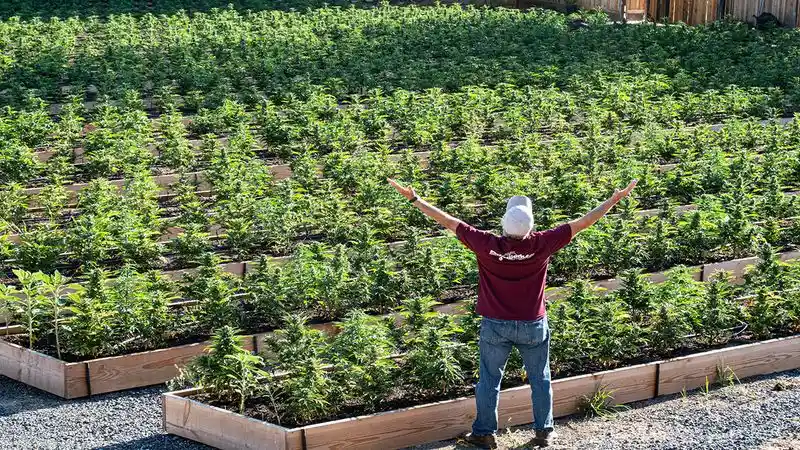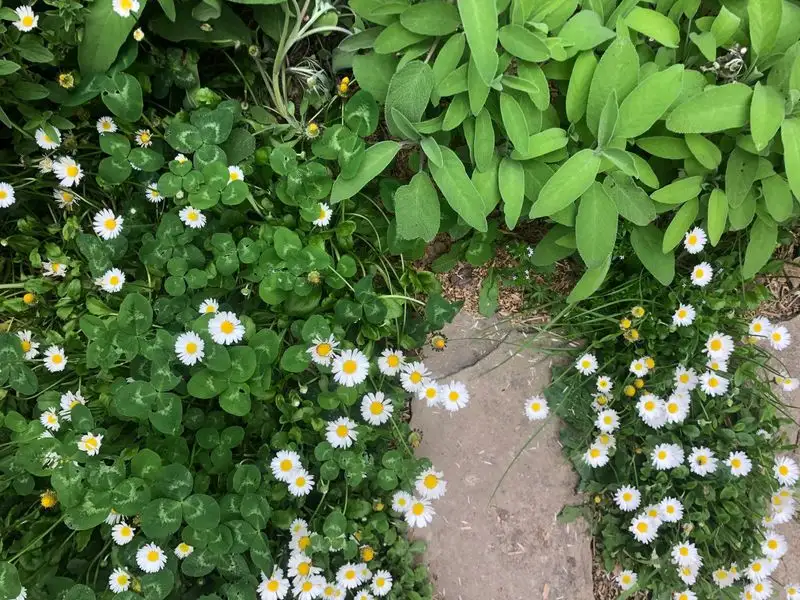Most gardeners pull every weed they see—but I started doing the opposite. In each of my raised beds, I now intentionally leave one weed. Not out of laziness, but because I noticed something: the beds with a single “intruder” were healthier, calmer, more balanced.
Some weeds act like living indicators, revealing what the soil needs or how moisture moves through a space. Others lure pests away from crops, or provide unexpected shade, mulch, or root aeration—for free.
In this piece, I share why I choose one weed to keep, how I select it, and the surprising ways this tiny act of tolerance has changed the way I grow food—and understand my garden.
The Unexpected Companion

In a world where conformity is often celebrated, that lone weed becomes an unexpected ally. Nestled among meticulously planted flowers, it offers a unique contrast that highlights the beauty around it. More than aesthetic, this weed can become a companion to your plants, attracting beneficial insects like ladybugs that feast on pesky aphids. These insects, in turn, protect your cherished blooms. By providing a habitat, the weed does more than just exist; it actively contributes to your garden’s health. Its presence is a gentle reminder of nature’s balanced intricacies.
Nature’s Barometer

Imagine a barometer that requires no batteries, merely the presence of a weed. Observing its growth offers clues about soil health and moisture levels. A robust weed might indicate compacted soil, while its wilting form could signal drought. This natural indicator helps in preemptively addressing gardening challenges. Embracing this natural gauge means fewer surprises and healthier plants. The weed becomes a silent communicator, offering insights that might otherwise go unnoticed. It’s a testament to the wisdom of watching and learning from nature’s cues.
The Pollinator’s Friend

Amidst cultivated blooms, one weed stands as a beacon for pollinators. Clover, for instance, is a favorite of bees, providing essential nectar. These pollinators, lured by the weed, inadvertently benefit surrounding plants. This symbiotic relationship fosters a thriving ecosystem, enhancing fruit and flower production. The weed’s presence ensures a bustling garden, alive with wildlife and buzzing with activity. It supports the cycle of life, turning a simple garden into a sanctuary for nature’s tiny helpers. Celebrating this natural partnership enriches both flora and fauna.
The Soil Enhancer

Growing quietly, a weed like nettle enriches the soil it’s rooted in. Known for accumulating nutrients, it draws minerals from deep within the ground, making them accessible to other plants upon decomposition. This natural fertilization is a boon for the garden, reducing the need for synthetic additives. Leaving one weed allows it to contribute silently to soil health, enhancing the vitality of its neighbors. Its role in nutrient cycling is a gift that keeps giving, ensuring a balanced environment where all plants can thrive.
A Lesson in Resilience

The humble weed bears witness to resilience, thriving where others falter. Pushing through concrete or enduring harsh conditions, it teaches lessons of perseverance. This tenacity inspires gardeners to adopt a similar mindset, tackling challenges with a renewed vigor. Observing its ability to adapt and survive can be motivating, reminding us of nature’s indomitable spirit. Within the garden, this weed stands as a testament to strength, encouraging a deeper connection with the earth. Its presence is an invitation to appreciate the beauty in resilience.

